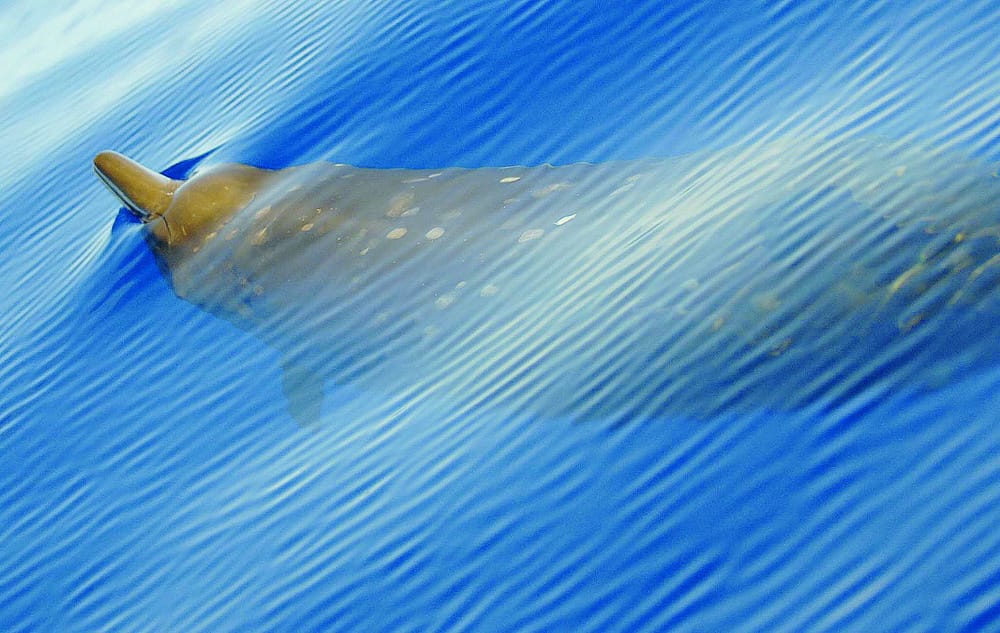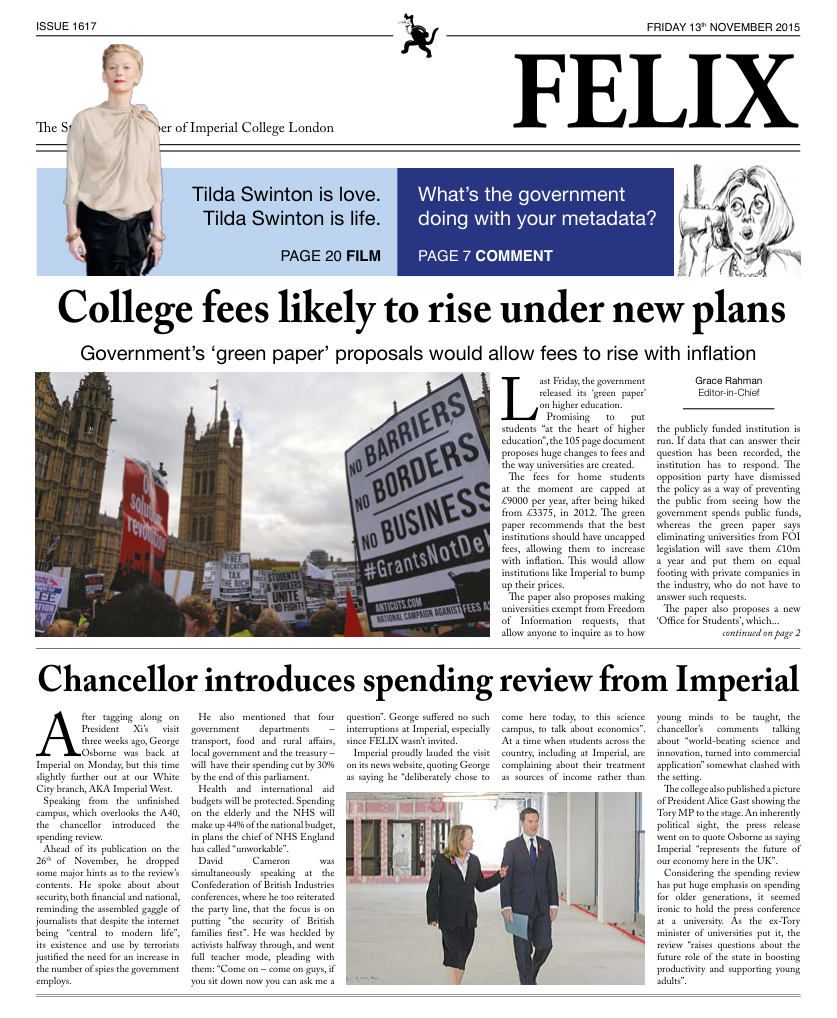Lonely wail might indicate new species
Scientific community torn over a unique recording from elusive whale

How many species do you think exist on planet earth? 100 thousand, one million, ten million? Recent estimations have induced a species count of 8.7 million. More than 1000 years would be needed to catalogue such a vast number. It’s really a question of ‘where do we start?’
From the depths of the icy Antarctic waters, this answer is literally being called out to us. Recently tuning in to ‘What’s going on in the Antarctic’, astonishment circulated with the identification of a unique whale song and with it, perhaps a new species. But how can we not have already catalogued all whale species? Let’s face it; they’re not exactly small!
The mysterious Antarctic habitant is thought to be from the family Ziphiidea, otherwise known as ‘Deraniyagala’s Beaked Whales’. They are renowned for their shyness and thus a poorly-known animal group. Deraniyagala’s beaked whale was identified as a new species only last year, bringing the total number of species in the beaked whale group to 22. Diving out of the sight of any on-looking scientists, it is suspected that the Ziphiidea family harbours more unknown relations to Deraniyagala.
Yet, echolocation of this new species is difficult. The unique signal, named BW29, has been recorded fourteen times on separate occasions. Tracking down the anonymous composer is proving to be problematic. Timing and sound types separate the signal from others known. Suspicions lie with the strap-toothed southern bottlenose species, however, sightings of this species are rare south of latitudes 60oS in the Southern Ocean, giving the strap-tooth a strong alibi.
Another suspect is the Gray’s beaked whale, commonly sighted in the region. However, frequency of the latter species’ calls differs from the BW29 signal frequency, removing the Gray beaked species as a culprit. Adding to the confusion, another unique call, dubbed Antarctic BW37 has also been recorded, a higher frequency than the first, but these two unique calls could actually belong to the same species. However, given the ocean covers 70% of our planet, it would be surprising if these signals didn’t belong to two new species.










